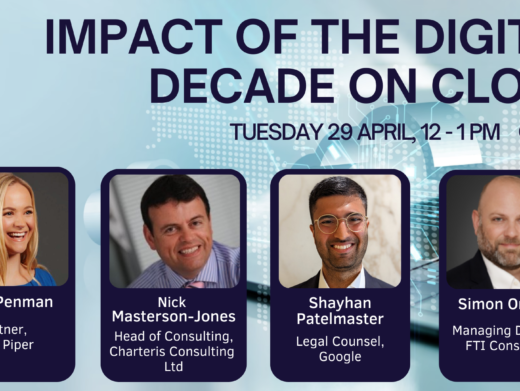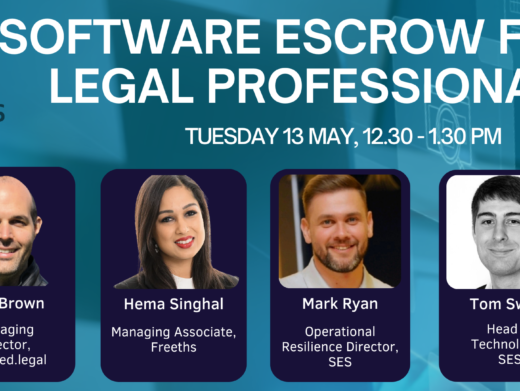In posting the news story about Inksters new YouTube channel, I did some basic research. This involved watching two of their videos, including one that did a very impressive job of explaining {i}Moncrieff v Jamieson{/i}, with sensible use of aerial photography that left me under the temporary illusion that I understood the principles of servient parking in Scottish land law. I’m not thinking of taking an exam in it however, not least because my attention wandered to the featured videos in the side panel.
Now it is not hard to see how the Inksters piece on servient parking, which featured a clip of comments from Iain G Mitchell QC, might be associated with a clip from Eastenders featuring Phil Mitchell, even though they are in no way related (notwithstanding that both might be handy to call in as support during a dispute). But how did YouTube ‘think’ that a video referring to ‘The Human Spider’ might be connected? I was keen to investigate, but I had work to do and may never know. I was reminded though that a few days earlier I had given in to the temptation of following a ‘possibly related post’ from one of Chris Dale’s excellent {blog posts: http://chrisdale.wordpress.com} on e-disclosure issues. His post related to whether there was a need for certification of persons competent in e-disclosure and beneath it was the ‘possibly related post’ entitled ‘Agony’. Good title. I clicked thinking it might be a post related to the agonies of e-disclosure, but it was in fact a blog post from a woman in the USA, created in January 2008, and focused on her terrible back pain (and even in my then state of complete boredom, I had better things to do than read it).
Now, most lawyers would agree with wordpress.com that there is a clear connection between e-disclosure and severe pain, perhaps not in the back but in the same general area, but Chris Dale is of the blessed minority that would dismiss such a connection with contempt. How did wordpress make the connection that led me astray? I will never know but it could have been much worse. What if it had led me to illegal content?
Perhaps wordpress doesn’t have illegal content but I suspect YouTube does, albeit only until the notice and take down procedure kicks in. This seemed relevant during my research on the Inksters piece when I searched YouTube for solicitors to see if any other firm had a dedicated channel. Among the gold and the dross (mainly dross), I found MILF Solicitors. I guess I should have realised that MILF Solicitors was not a rebranding of Makepeace, Ingleby, Letterman and Francis because, even in Wiltshire, we know what MILF can stand for, but I just wasn’t really thinking. It turned out to be pretty harmless stuff (not that I watched it all obviously) but, given its title, it might not have been.
The point is that you don’t always know where you are going when you click such a link. Even where links appear in responses to searches, the interpretation of your innocent search terms might well lead you astray. You are pretty safe with copyright because the offences are quite tightly drawn, even though most web surfers are likely to make copies of copyright images on a regular basis and not all of those images are likely to be authorised. In such a case, there is a danger of unlawful activity but not criminal activity.
It is rather different with crime, and with child pornography in particular. Because of having written on relevant topics, I hear from people complaining that indecent images of children were uploaded to their computers just as a result of an innocent search in Google images and, perhaps more credibly, the solicitor offender in {i}Harrison{/i} [2008] 1 Cr App R 387 claimed that indecent images of children on his computer had ‘popped up’ while he was on an adult porn site (it did not help him). Given the definition of ‘making’ an image upheld in {i}Atkins v DPP{/i} [2000] 1 WLR 1427 and {i}Smith{/i} [2003] 1 Cr App R 212 and that an image is ‘child porn’ for the purposes of the Protection of Children Act 1978 if it is an ‘indecent’ picture of a person under the age of {i}18{/i}, one cannot dismiss the dangers. Since, under the sentencing guidelines, a level 1 indecent image covers ‘erotic posing with no sexual activity’, I suspect YouTube and MySpace are a minefield, inhabited as they are with many teens being ‘daring’. That ‘possibly related’ post could take you practically anywhere. If you searched for ‘vicar’s tea-party’ on Google images, you’d probably be lucky to avoid a bit of erotic posing by a teenager.
Now I am not suggesting that the police and CPS are likely to use their powers wildly, although there are some that say that a certain collective hysteria can affect their judgment as well as that of others. But they might be inclined to prosecute a middle-aged man who had lots of images of teenagers in daring poses, so I cut the research on this piece very short. I do think though that we might all remember the old adage ‘look before you leap’ and apply it on the Net.
Possibly related? Or possibly the edge of a cliff.




